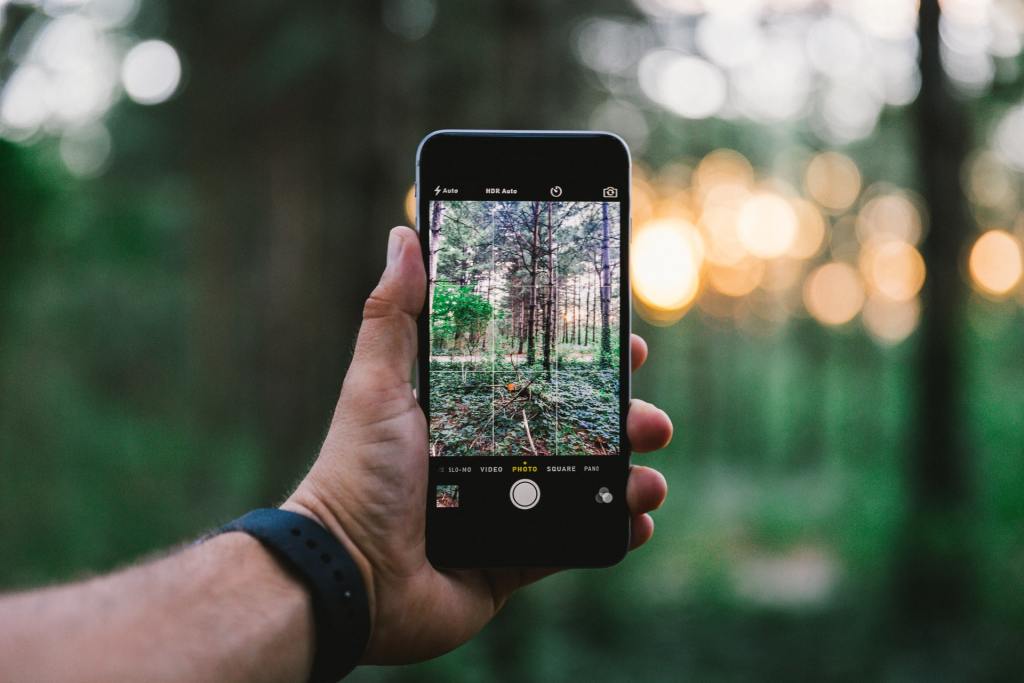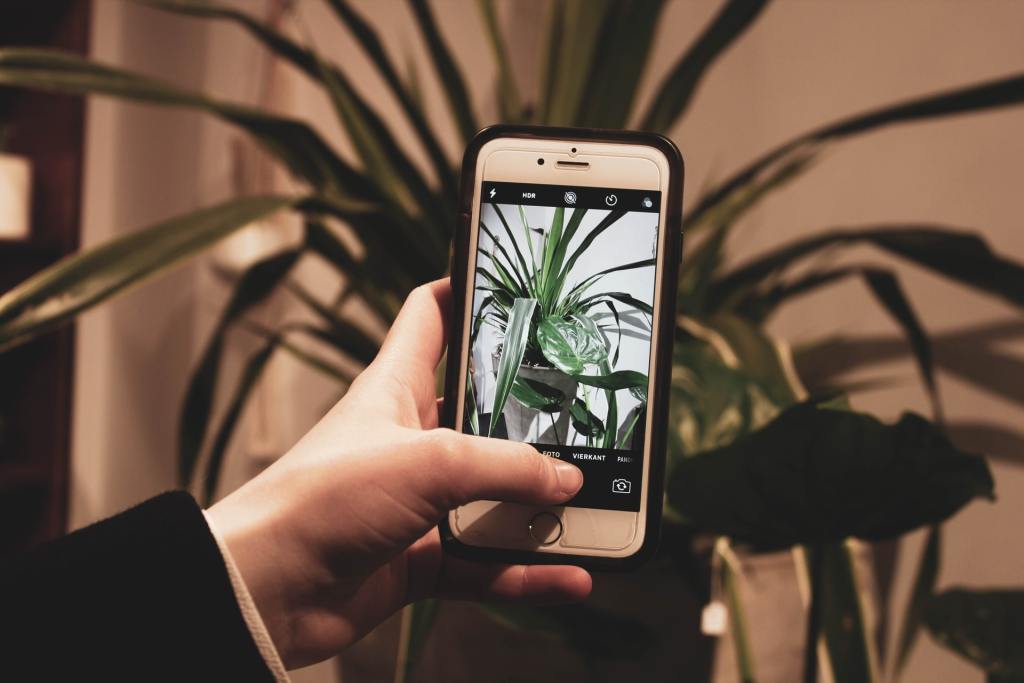As a beginner gardener, it can feel overwhelming to keep track of your plants and when you watered or fertilized them last. It’s also seemingly impossible to keep up with every care tip for each plant. Here are some apps that will help you on your way to becoming the best gardener you can be.
Garden Answers
Sometimes we gardeners forget what we’ve planted, or there’s suddenly a new plant in our garden that we didn’t plant and we’d like to know what it is. With Garden Answers, you can send in a photo for identification, and the app will compare it to thousands of other images to bring you similar-looking plants, to help you figure out what the plant most likely is. The app will then supply you with the scientific name and its common name, along with where it’s from and how to care for it. For a small fee, you can also send in garden questions to expert horticulturists.

Garden Journal by Territorial Seed Company
Keeping a stack of books and notebooks filled with sticky notes and hastily written down advice is a messy method and often leads to things being lost. Track everything you plant and get reminders for planting seasons with the Garden Journal by Territorial Seed Company. With this app, you can track when you watered and fertilized last and get reminders when it’s time to do it again. You can also get updates and notifications based on your location and add photos and notes to your journal to keep track of experiments. Upgrade to pro and get access to a garden planner to draw a garden of any size and make a plan for the upcoming planting season. The app also includes gardening advice for over 200 plants, as well as videos and written content for gardening techniques.In addition, you can connect to other local gardeners and exchange tips and tricks with gardeners in your area.
Garden Manager
Made explicitly for edible gardens, this virtual garden coach helps you with everything from planning to harvesting by using questions to lead you through the process. Using local weather stations, the app send notifications about the weather that might damage your plants and help you protect tender plants from frosts. It supports more than 52 edible plants for easy tracking of the most popular plants. Finally, it will send you reminders on what to do and when to do it to have the most successful garden through the season.
There are three levels of subscriptions with an increased amount of support. With the free subscription, you can create a garden planner that will help your garden thrive. The second subscription is called Coach and is $6 per month. This option sends reminders to keep you on track with plant care and aware of potentially dangerous weather. Finally, with the ultimate subscription, you get everything included with the free and coach subscription, but you also get access to the online library of easy-to-follow training videos and eBooks and access to monthly webinars, group coaching sessions, and members-only chat forums.
iNaturalist
Although this isn’t an app specifically for gardening, the identifying and observation aspect of this app could help beginner gardeners learn more about the ecosystem around them. Understanding where and how your garden fits into the world can help you grow better and ensure you’re not doing anything that could harm your environment. For example, knowing what types of birds are in your yard or when certain butterflies might migrate through can help you support and adapt your garden according to your specific needs, which means less damage to the world around you and a more successful garden experience.
Johnny’s Seeds Calendar
Frost dates, seed starting dates, germination periods, and harvest days can all get confusing. To make life a little easier, try out Johnny’s Seed-Starting Calendar. Look for the plants you’re planning to sow and find out when to seed start, transplant, and when they’ll be ready to harvest according to your growing zone. Get rid of the confusion and get back to enjoying the relaxing potential of gardening.

Gardening Companion
With the Gardening Companion app, you’ll have free access to over 1,000 articles about gardening, including YouTube videos, photos, and text posts. Topics range from companion planting, pest control, and harvest questions. You can also create your own “magazine” by telling the app which topics you’re most interested in and getting a personalized homepage filled with your specific interests. This app is also a garden planner to track all of your planting and gardening activities and stay on top of care. You can add photos and notes, and the app will even send you notifications about upcoming weather that might damage your plants or when they might need to be watered or fertilized. You can also share your gardening successes or failures on social media with quick and easy share buttons.
LeafSnap
While this app only identifies trees, this can be super beneficial for beginner gardeners as often they quickly become interested in the trees and plants already in their yard. With this app, you can take photos of the leaves of the trees around you and identify what plant it is. This will allow you to understand its place in the ecosystem better and improve your garden plan. In addition, some trees drop heavy seeds or leaves that might damage your garden. Use this app to identify the trees in your yard or trees you find out about that you might want to add to your landscape. It’s also a great tool to teach kids about trees; it’s so good even the Natural History Museum uses it!
Gardenize: Plant Growth & Care
This garden diary allows you to take photos, keep notes, and get notifications about possible care needs for plants inside and outside your home. You can track the progress of the growth of your plants, when you last watered or pruned them, and when you should fertilize next. This app will also make suggestions about the plants within your garden. It offers care tips and pest control options. It has sections that specialize in raised beds, flower beds, organic growing, and sustainable growing. Maintain your joy for gardening by taking out the frustration of remembering which plants need fertilizer or when the tomatoes will be ready to harvest.
Try one or all of these fantastic gardening tools to help you increase your gardening knowledge and build your perfect garden.
Editors' Recommendations
- Everything you need to know about choosing the best rocks for landscaping
- Focus on color: Bring some sunshine to your garden with these orange plants
- Do you live in climate zone 2? Here’s what you need to know
- Could electrogardening be the way of the future?
- Climate zone 3 plants that will thrive in cool temperatures




